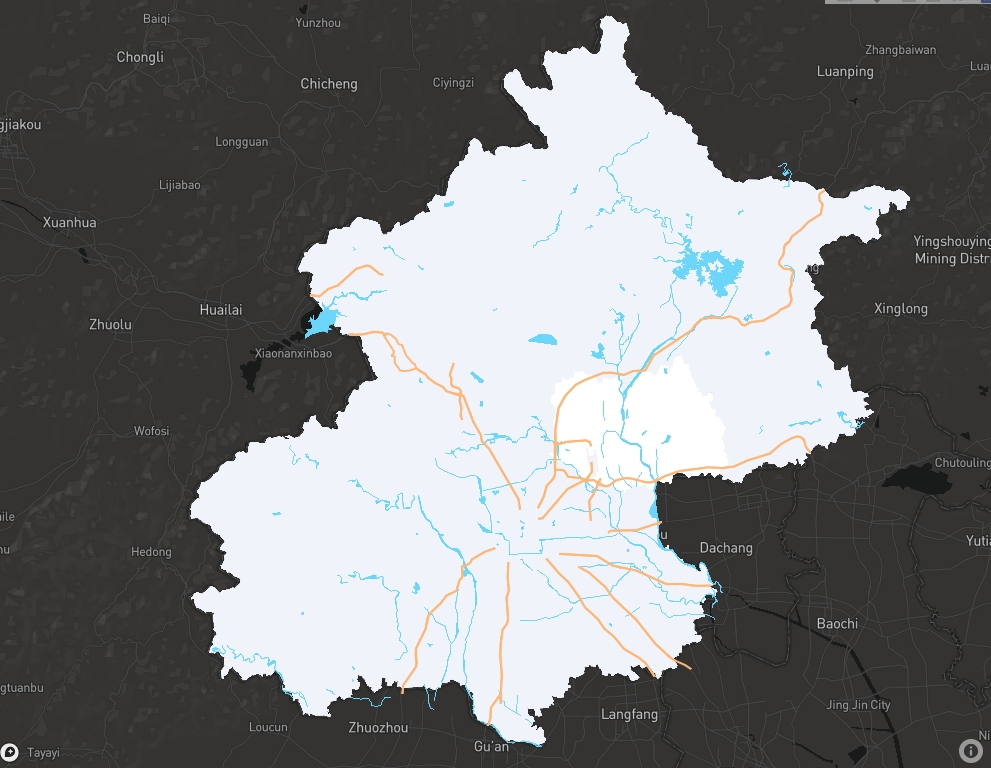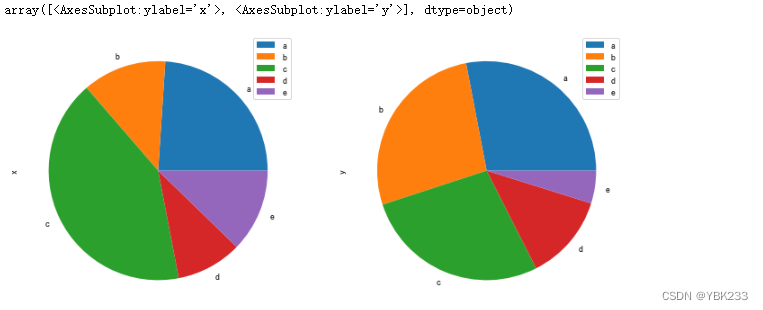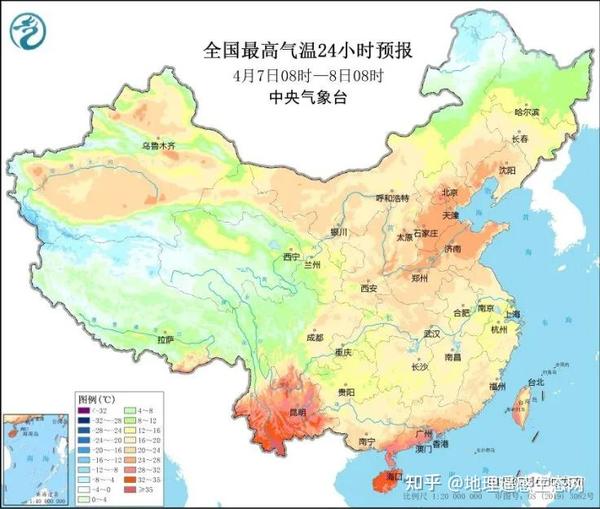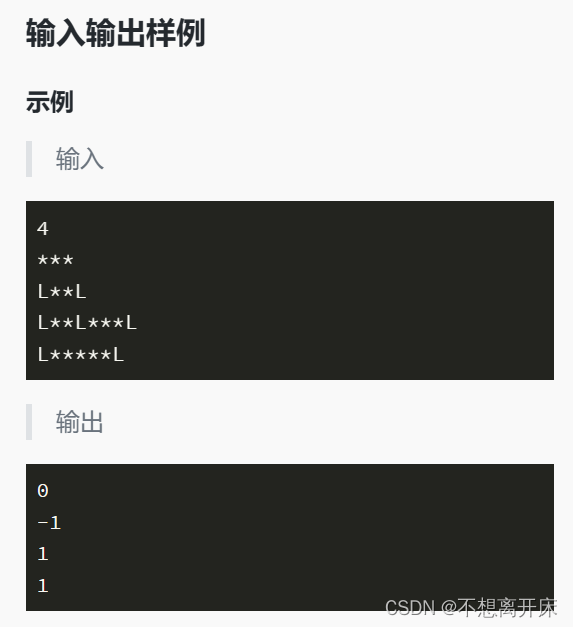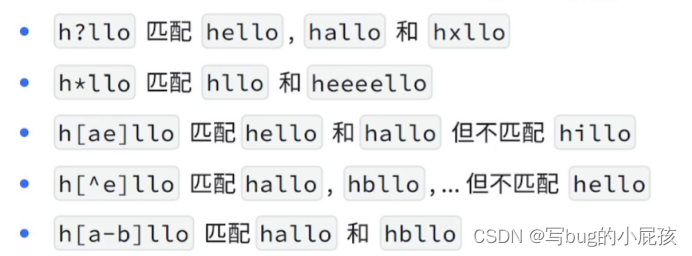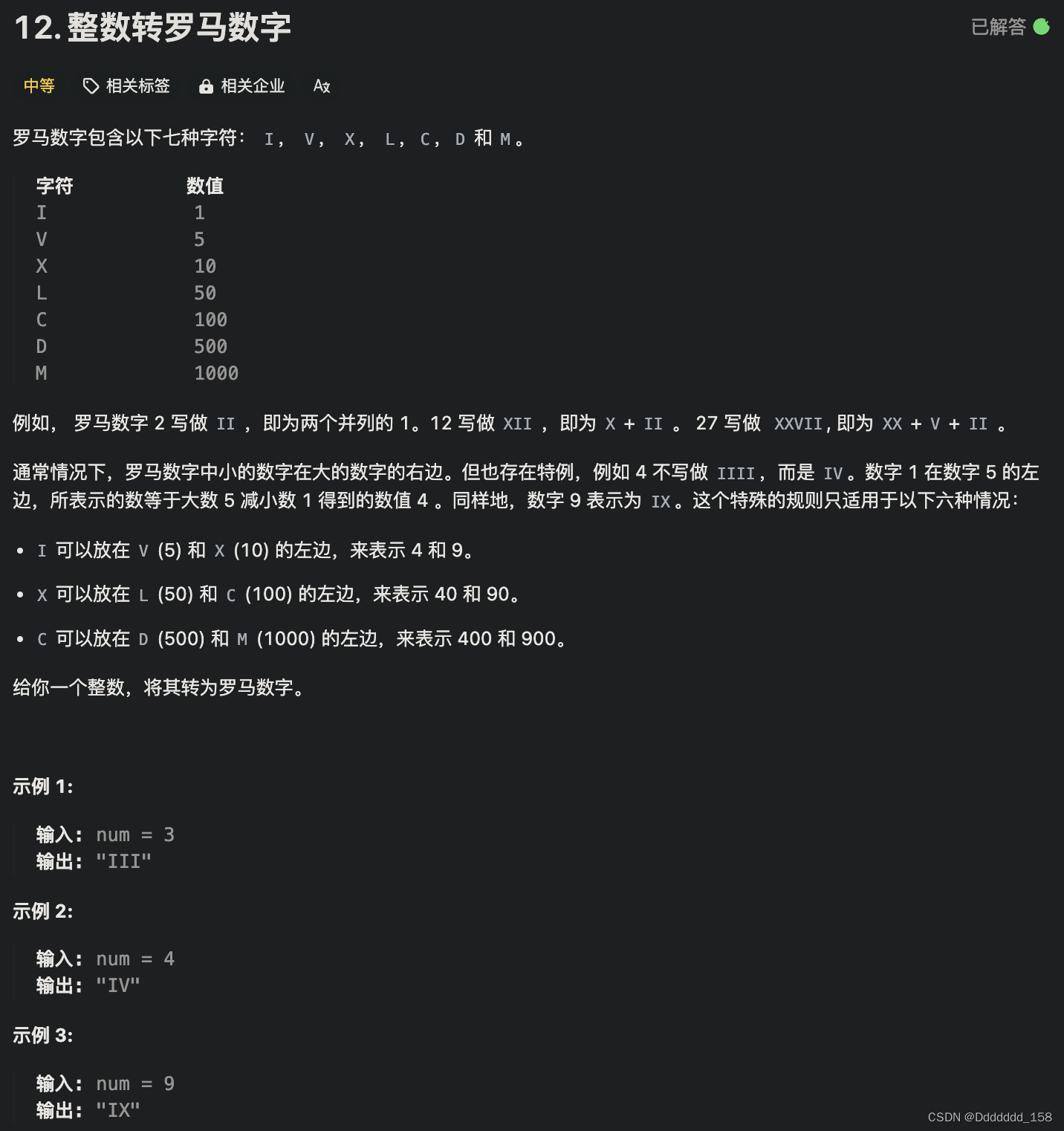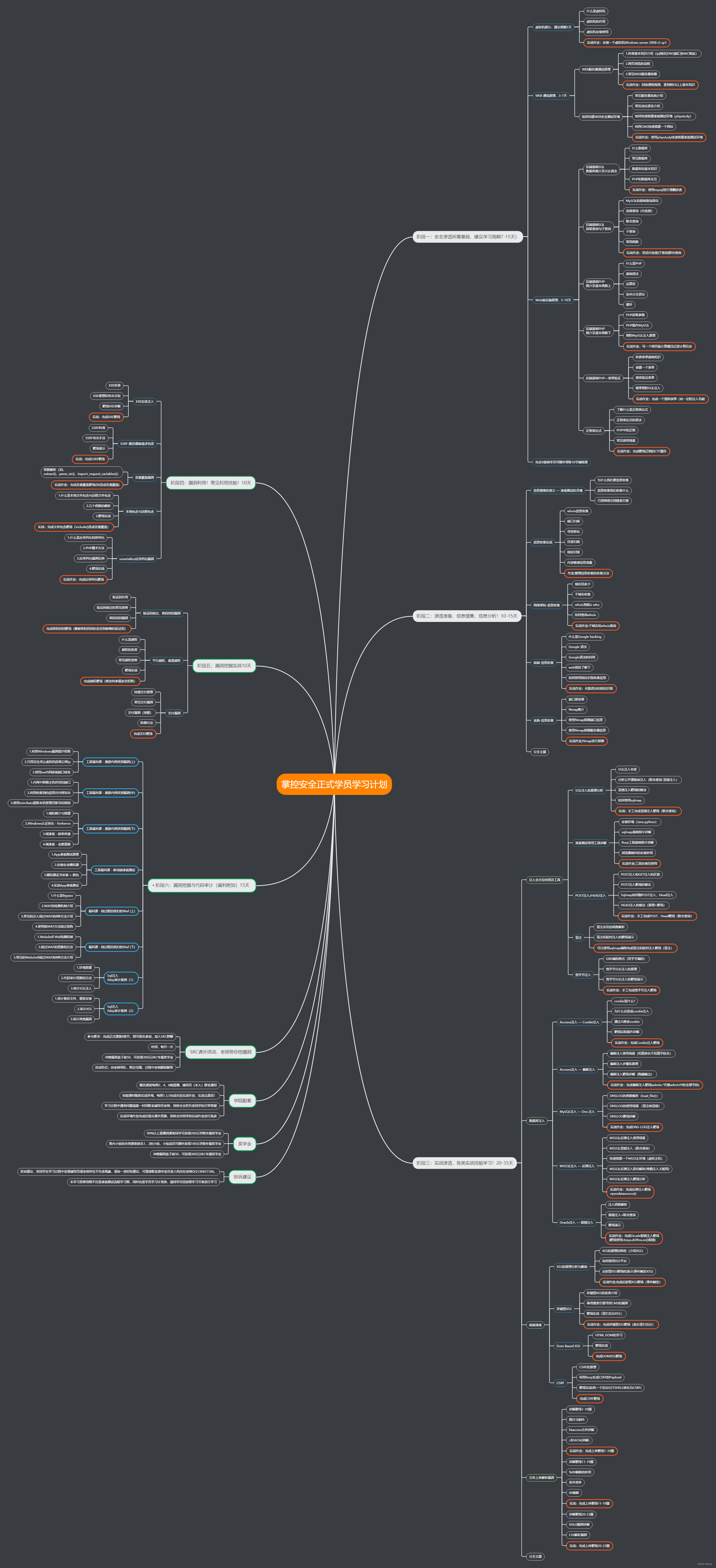医学图像处理 利用pytorch实现的可用于反传的Radon变换和逆变换
- 前言
- 代码
- 实现思路
- 实验结果
前言
Computed Tomography(CT,计算机断层成像)技术作为如今医学中重要的辅助诊断手段,也是医学图像研究的重要主题。如今,随着深度学习对CT重建、CT分割的研究逐渐深入,论文开始越来越多的利用CT的每一个环节,来扩充Feature或构造损失函数。
但是每到这个时候,一个问题就出现了,如果我要构造损失函数,我势必要保证这个运算中梯度不会断掉,否则起不到优化效果。而Radon变换目前好像没有人直接用其当作损失函数的一部分,很奇怪,故在此实现pytorch版本的Radon变换,已经验证可以反传(但是反传的对不对不敢保证,只保证能计算出反传的值)。希望能帮到需要的同学。
参考了这两篇博文,在此十分感谢这位前辈。
Python实现离散Radon变换
Python实现逆Radon变换——直接反投影和滤波反投影
代码
from typing import Optional
import numpy as np
import matplotlib.pyplot as plt
import math
import torch as th
import torch.nn as nn
import torch.nn.functional as F
import SimpleITK as sitk
#两种滤波器的实现
def RLFilter(N, d):
filterRL = np.zeros((N,))
for i in range(N):
filterRL[i] = - 1.0 / np.power((i - N / 2) * np.pi * d, 2.0)
if np.mod(i - N / 2, 2) == 0:
filterRL[i] = 0
filterRL[int(N/2)] = 1 / (4 * np.power(d, 2.0))
return filterRL
def SLFilter(N, d):
filterSL = np.zeros((N,))
for i in range(N):
filterSL[i] = - 2 / (np.pi**2.0 * d**2.0 * (4 * (i - N / 2)**2.0 - 1))
return filterSL
def IRandonTransform(image:'th.Tensor|np.array', steps:Optional[int]=None):
'''
Inverse Radon Transform(with Filter, FBP)
Parameters:
image: (B, C, W, H)
'''
# 定义用于存储重建后的图像的数组
channels = image.shape[-1]
B, C, W, H = image.shape
if steps == None:
steps = channels
origin = th.zeros((B, C, steps, channels, channels), dtype=th.float32)
filter_kernal = th.tensor(SLFilter(channels, 1)).unsqueeze(0).unsqueeze(0).float()
Filter = nn.Conv1d(C, C, (channels), padding='same',bias=False)
Filter.weight = nn.Parameter(filter_kernal)
for i in range(steps):
# 传入的图像中的每一列都对应于一个角度的投影值
# 这里用的图像是上篇博文里得到的Radon变换后的图像裁剪后得到的
projectionValue = image[:, :, :, i]
projectionValue = Filter(projectionValue)
# 这里利用维度扩展和重复投影值数组来模拟反向均匀回抹过程
projectionValueExpandDim = projectionValue.unsqueeze(2)
projectionValueRepeat = projectionValueExpandDim.repeat((1, 1, channels, 1))
origin[:,:, i] = rotate(projectionValueRepeat, (i / steps) * math.pi)
#各个投影角度的投影值已经都保存在origin数组中,只需要将它们相加即可
iradon = th.sum(origin, axis=2)
return iradon
def rotate(image:th.Tensor, angle):
'''
Rotate the image in any angles(include negtive).
angle should be pi = 180
'''
B= image.shape[0]
transform_matrix = th.tensor([
[math.cos(angle),math.sin(-angle),0],
[math.sin(angle),math.cos(angle),0]], dtype=th.float32).unsqueeze(0).repeat(B,1,1)
grid = F.affine_grid(transform_matrix, # 旋转变换矩阵
image.shape).float() # 变换后的tensor的shape(与输入tensor相同)
rotation = F.grid_sample(image, # 输入tensor,shape为[B,C,W,H]
grid, # 上一步输出的gird,shape为[B,C,W,H]
mode='nearest') # 一些图像填充方法,这里我用的是最近邻
return rotation
def DiscreteRadonTransform(image:'th.Tensor|np.array', steps:Optional[int]=None):
'''
Radon Transform
Parameters:
image : (B, C, W, H)
'''
channels = image.shape[-1] # img_size
B, C, W, H = image.shape
res = th.zeros((B, channels, channels), dtype=th.float32)
if steps == None:
steps = channels
for s in range(steps):
angle = (s / steps) * math.pi
rotation = rotate(image, -angle)
res[:, :,s] = th.sum(rotation, dim=2)
return res.unsqueeze(1)
if __name__ == '__main__':
origin = sitk.ReadImage('/hy-tmp/data/LIDC/CT/0001.nii.gz')
t_origin = sitk.GetArrayFromImage(origin)
t_origin = th.tensor(t_origin)
t_origin = t_origin[40].unsqueeze(0).unsqueeze(0)
a = nn.Parameter(th.ones_like(t_origin))
t_origin = t_origin * a
ret = DiscreteRadonTransform(t_origin) # (B, 1, H, W)
b = th.ones_like(ret)
lf = nn.MSELoss()
loss = lf(b, ret)
loss.backward() # pytorch不会报错,并能返回grad
rec = IRandonTransform(ret)
ret = ret.squeeze(0)
rec = rec.squeeze(0)
plt.imsave('test.png', (t_origin.squeeze(0).squeeze(0)).data.numpy(), cmap='gray')
plt.imsave('test2.png', (ret.squeeze(0)).data.numpy(), cmap='gray')
plt.imsave('test3.png', (rec.squeeze(0)).data.numpy(), cmap='gray')
实现思路
这份代码实际上是参考前文提到的前辈的代码修改而来,具体而言就是把各种numpy实现的地方修改为pytorch的对应实现,其中pytorch没有对应的API来实现矩阵的Rotate,因此还参考了网上其它人实现的手写旋转的pytorch版本。并将其写作Rotate函数,在其它任务中也可以调用,这里需要注意,调用时,矩阵需要是方阵,否则会出现旋转后偏移中心的问题。
实验结果
原始图像:

Radon变换的结果:

重建结果:
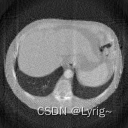
这些图像可以下载下来,自己试试。
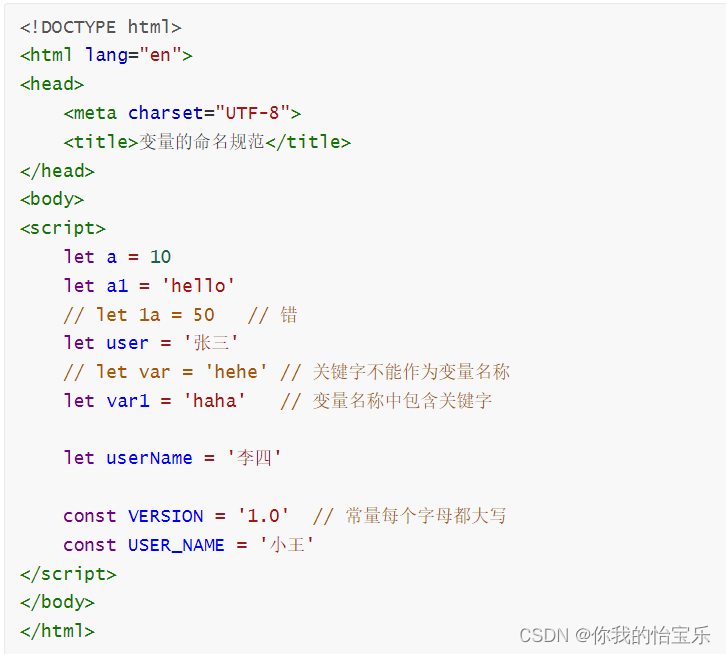
![[C语言][数据结构][动态内存空间的开辟]顺序表的实现!](https://img-blog.csdnimg.cn/direct/a58c5df3438f4c088fe261fe3b686e31.png)
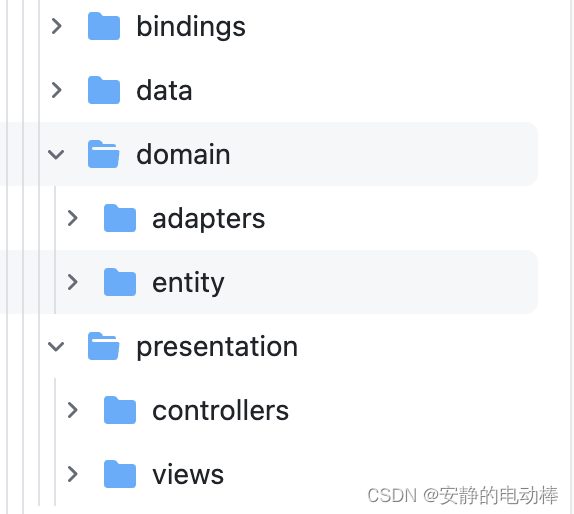
![[mmu/cache]-MMU的地址翻译(Address translation)指令介绍](https://img-blog.csdnimg.cn/img_convert/586a27dbb2c49a65534eeb34e5533502.png)
![[mmu/cache]-ARMV8的cache的维护指令介绍](https://img-blog.csdnimg.cn/img_convert/7494082986afa6c15662e90c631f8533.png)


